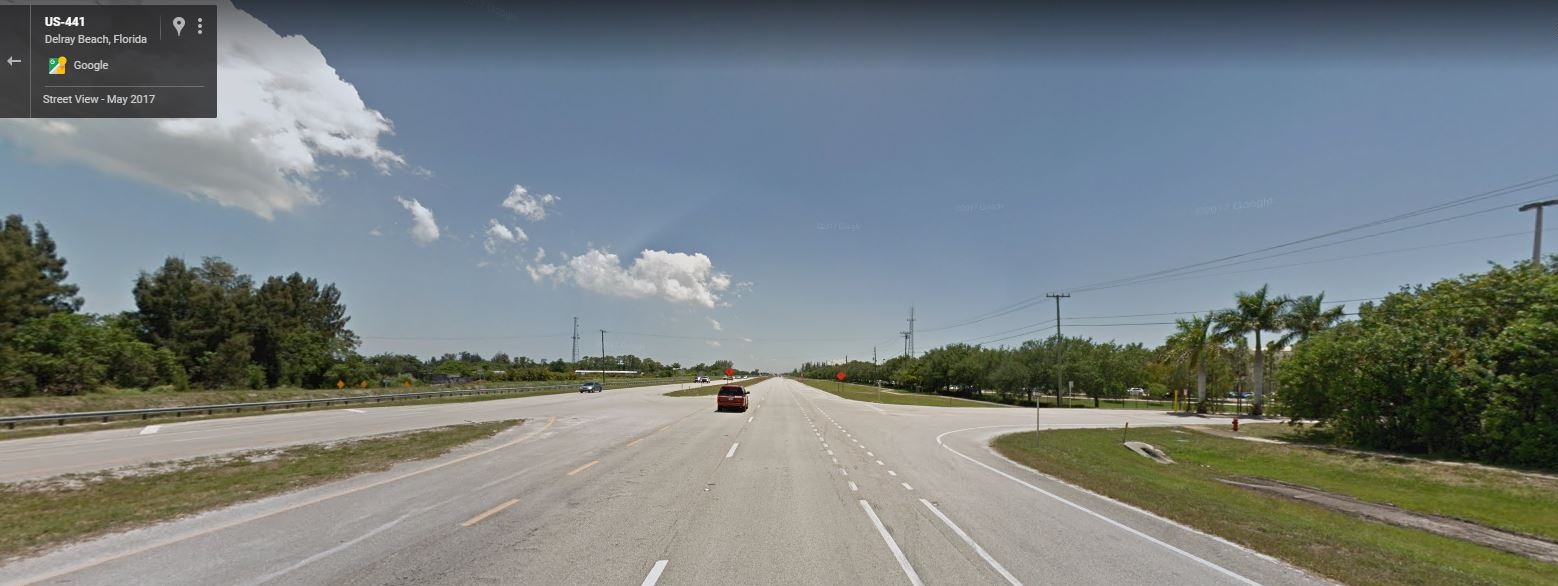NTSB: Tesla’s Autopilot activated during crash with semi
A preliminary report issued by the National Transportation Safety Board reveals that a Tesla that crashed into a tractor-trailer earlier this year was on autopilot. The crash and report are similar to another Tesla crash involving a tractor-trailer in 2016.
On Thursday, May 16, NTSB released a Highway Preliminary Report regarding a crash involving a 2018 Tesla Model 3 and a 2019 International tractor-trailer. NTSB found that during the time of the crash Tesla’s Autopilot system was active.
At 6:17 a.m. on March 1 a 50-year-old male was driving his Tesla southbound on U.S. 441 in Delray Beach, Fla., when the car struck an International truck owned by First Fleet. The truck was pulling out of private driveway going east while attempting to cross the U.S. 441 southbound lanes and turn left to head northbound on the highway.
Surveillance video and video from the Tesla show the tractor-trailer slowing down while crossing U.S. 441, blocking the Tesla’s path. The Tesla struck the left side of the tractor-trailer, shearing off the roof of the car and coming to a stop on the median approximately 1,600 feet from the point it hit the truck. The Tesla driver was killed, while the 45-year-old trucker was uninjured.

Preliminary data from the Tesla’s Autopilot system reveals that it was active at the time of the crash. Autopilot was engaged approximately 10 seconds before the impact. Data also did not detect the driver’s hands on the steering wheel.
Tesla’s Autopilot system includes several driver assistance systems, including Traffic-Aware Cruise Control, Autosteer and Auto Lane Change. Autosteer requires drivers to hold the steering wheel. When the system does not detect hands on the wheel, it will send out an alert to the driver.
Data taken from the Tesla also shows that the car was travelling at 68 mph. The speed limit on that stretch of highway is 55 mph. There is no indication that the Tesla driver or the Autopilot system attempted to avoid the crash, neither through video or data collected from the car.
All of the information gleaned from the preliminary data does not necessarily indicate causation or fault. The crash remains under investigation.
This situation is not unique. In 2016, NTSB released a preliminary report on a crash involving a Tesla Model S and a 2014 Freightliner Cascadia on U.S. Highway 27A in Williston, Fla.
According to that report, the Tesla was traveling at 74 mph on the 65 mph highway. The Model S was also running the Traffic-Aware Cruise Control and Autosteer automation features. Additionally, the preliminary report stated the Tesla was equipped with automatic emergency braking, which is supposed to engage the brakes “to reduce the severity of or assist in avoiding frontal collisions.”









